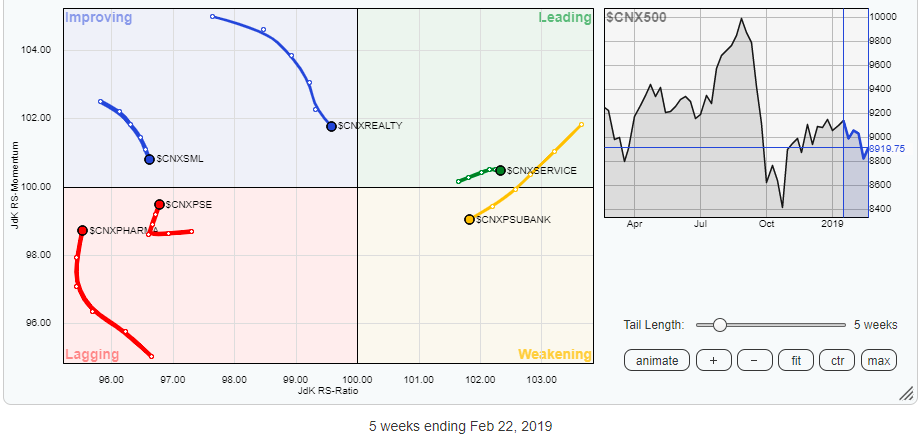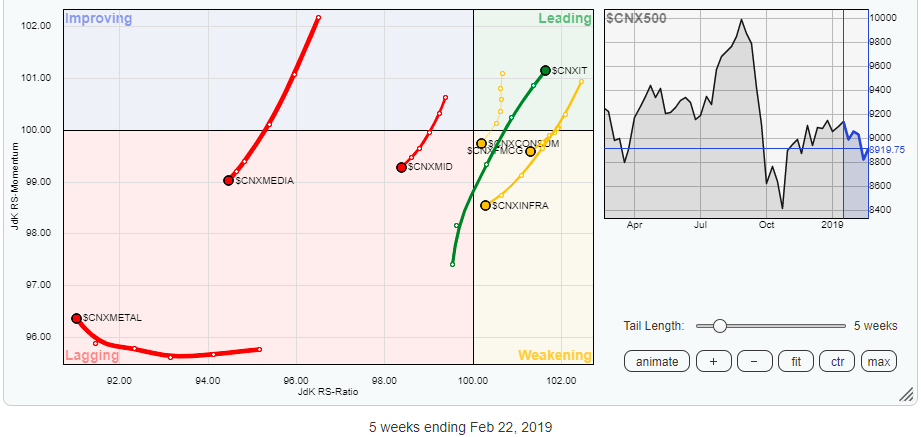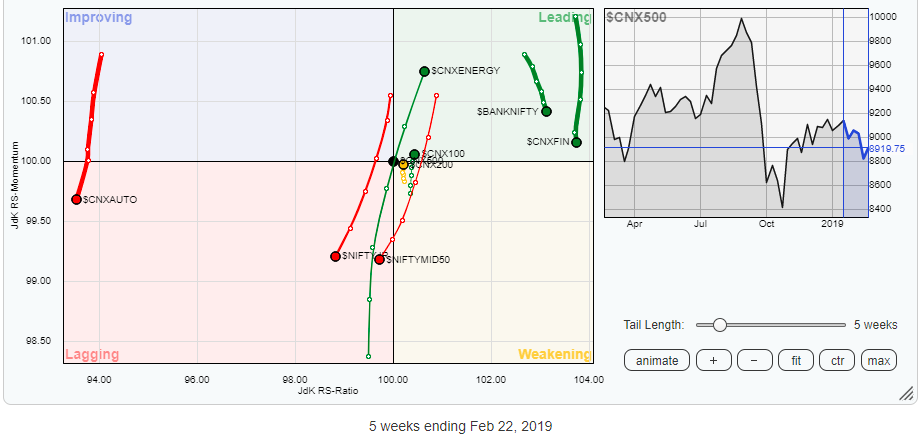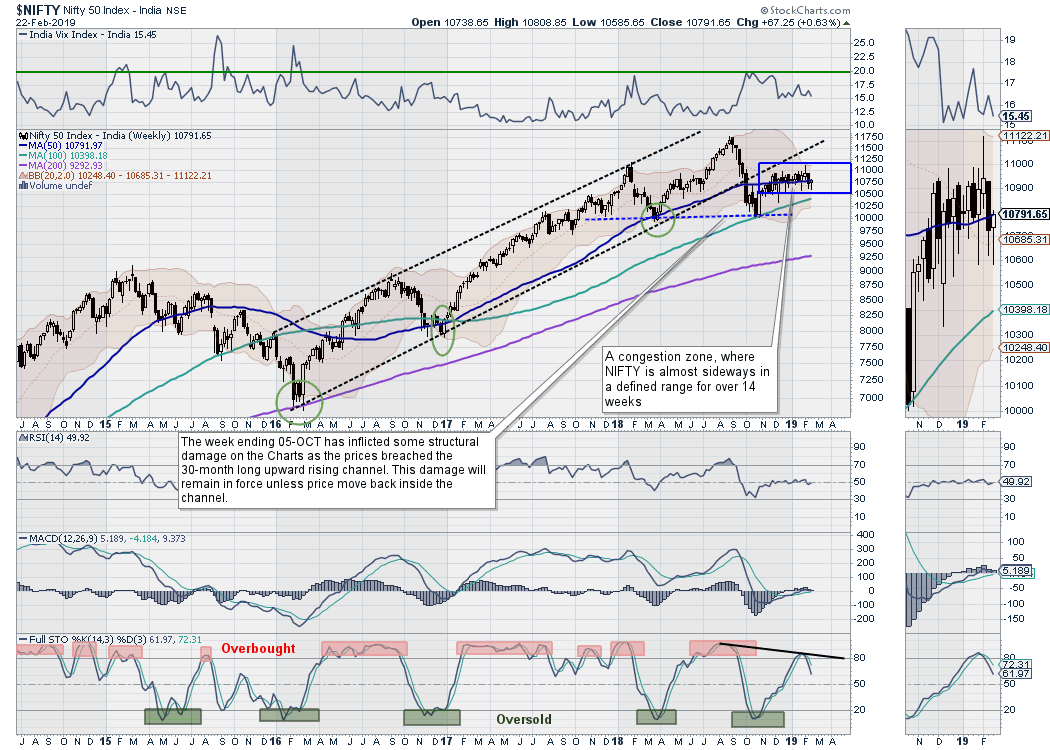In our previous weekly note, we mentioned that the NIFTY was slipping below its 50-week moving average and highlighted the importance of this important weekly level. While the markets experienced continued weakness in the early part of the past week, the middle of the week saw the NIFTY rebounding following eight consecutive days of decline. This pullback halted exactly at the 50-week MA, which is presently at 10791.97. The benchmark index ended at 10791.65, up by 67.25 points (+0.63%) on a weekly basis.
The coming week will prove just as important as the last one, as the NIFTY will contend with critical resistance levels on both the daily and weekly charts. On the daily charts, the index is trading below the 50- and 200-DMAs; on the weekly charts, it has yet to move past the 50-week moving average after recently slipping below it.
As visible on the charts, the NIFTY has been trading sideways in a defined congestion zone over the past 14 weeks. We expect a stable start to the week, with the index attempting to inch higher. The coming week is also expected to be more volatile, as we hit the expiry of the current derivative series. Speaking from a weekly point of view, moving past and remaining above 10790 on a closing basis will be important for the market. Unless this happens, it remains vulnerable to sell-offs at higher levels.
We expect the levels of 10850 and 10990 to act as immediate resistance points. Supports come in at 10580 and 10510.
The weekly RSI is 49.9193; it remains neutral and shows no divergence against the price. The weekly MACD is bullish and trades above its signal line. A candle with a long lower shadow has emerged; in the present context, it remains comparatively insignificant.
The pattern analysis of the weekly charts shows NIFTY trading in a defined range, which has become a congestion zone for the markets. In the given situation, moving past the 50-week MA and staying above it will be of paramount importance for the market. Unless this happens, we will remain vulnerable to some weakness creeping in, which would be capable of changing the texture of the markets for the near term. As of now, there is no structural damage to the charts; with the market breadth improving, we recommend refraining from creating shorts. Range-bound moves in the markets should be utilized to make select purchases, while profits should be protected at higher levels.
Sector Analysis for the Coming Week
In our look at Relative Rotation Graphs, we compared various sectors against the CNX500, which represents over 95% of the free float market cap of all the stocks listed.



While reviewing Relative Rotation Graphs (RRG) in our previous weekly note, we mentioned the possibility of market breadth improving as the broader CNX100 index crawled into the leading quadrant. Over the past week, CNX100 has advanced further in the leading quadrant and is being followed closely by CNX200. However, both indexes need momentum to get stronger and lend more potency to market breadth.
In addition, the Energy and IT packs remain firmly in the leading quadrant while improving their momentum. These groups are likely to out-perform the broader markets. The CNX Service index, too, is likely to contribute to some relative out-performance as it remains in the leading quadrant. The BankNifty and Financial services are steadily losing their momentum, despite remaining in the leading quadrant.
The NIFTY Auto, MID50, NIFTY Next 50 (Nifty Jr), CNXMID and MEDIA packs are sharply losing their momentum. These groups are set to relatively under-perform the general markets. Some slowdown is also witnessed in the FMCG, Consumption and Infrastructure packs.
While still in the lagging quadrant, the Pharma, Metal and CPSE indexes continue to improve on the relative momentum front and are likely to strengthen their position over the coming week.
Important Note: RRG™ charts show the relative strength and momentum for a group of stocks. In the above chart, they show relative performance as against the NIFTY500 Index (Broader Markets) and should not be used directly as buy or sell signals.
Milan Vaishnav, CMT, MSTA
Consulting Technical Analyst
www.EquityResearch.asia







